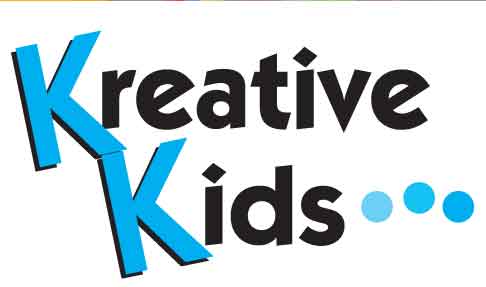Get the Best Kid-Friendly Activities
Sent to You Weekly!
Tips to Prevent Spiders
—Remove webs with a broom or vacuum. Destroy any egg sacs you find. Check around windows, in corners, or other out-of-the-way spots.
—Check for leaking water lines under the sink and in the shower/tub area.
—Clean faucets and shower heads.
—Supplement cleaning with proper insecticide treatment. Treat around baseboards, in cracks and crevices, and other likely hiding places.
Silverfish like to chew on anything with starch or polysaccrides — paper, photos, hair, wallpaper, carpet, clothing, and even dandruff.
Tips for Preventing Silverfish
—Eliminate sources of water. Fix leaky faucets and don’t let water stand in the tub or sink.
—Replace or repair moldy or wet wood in the bathroom.
—Reduce humidity in the bathroom by running a fan or opening a window while you shower.
Kitchen
Common pests: ants, roaches, rodents
Insects and rodents look for food anywhere they can find it — cabinets, pantries, floorboards, areas where pet food is stored. These pests contaminate food and carry disease.
Tips for Preventing Insects and Rodents
—Maintain clean, clutter-free spaces.
—Wipe up spills and pick up crumbs immediately.
—Keep stove vents and drip pans clean.
—Store food in air-tight and pest-proof containers, or in the refrigerator or freezer.
—Don’t leave your pet’s food and water dishes out overnight.
—Check for water leaks under the sink and refrigerator.
—Keep trash and recycling areas clean, and rinse out food containers and beverage cans before disposing of them.
—Baits, sprays, and traps are effective ways to manage kitchen pests.
To learn more about preventing pest problems in your home, visit debugthemyths.com.
 Pests at School
Pests at School
Common pests: bed bugs, cockroaches, spiders, and yellow jackets
Tips to Prevent Bringing School Pests Home
—Clean out your child’s backpack and other bags every day to avoid transporting pests to and from school.
—Encourage your kids to learn to identify potentially harmful pests like stinging insects so they know when to tell an adult and how to avoid being stung.
—Talk to your school about monitoring for pests like cockroaches, which are known allergens and can trigger asthma attacks.
—Keep an eye out for pests like flies or mice that can spread diseases or contaminate food in the cafeteria.
School can be a playground for pests. The Environmental Protection Agency recommends that schools use integrated pest management (IPM) to deal with pest problems. School IPM programs use common sense strategies that reduce sources of food, water, and shelter for pests. They also use pesticides judiciously and carefully when necessary to eliminate and manage potentially harmful pest infestations. Learn more about IPM at debugthemyths.com.
The above article was provided by Family Features
Also see:
The Lice Survival Guide for Parents: Get Rid of Them for Good





